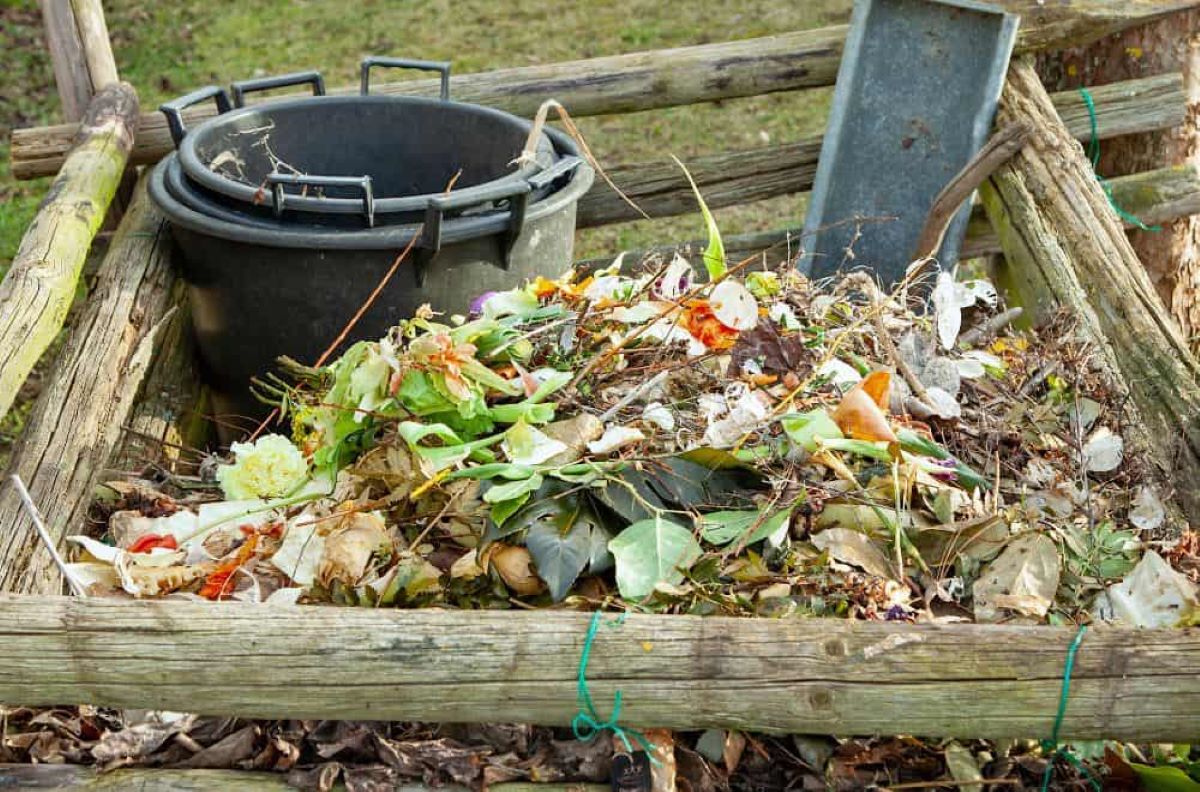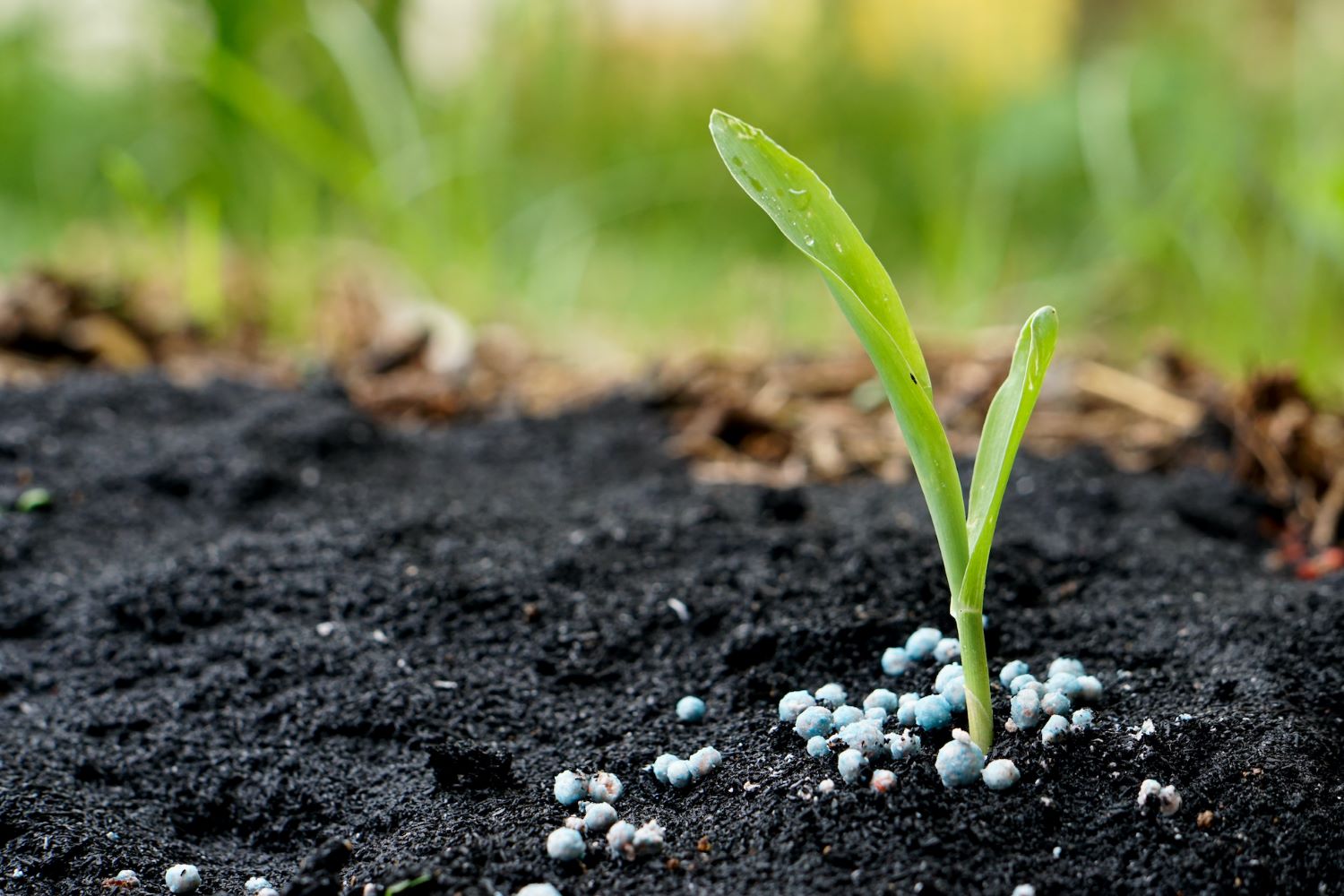Home>Types of Gardening>Ornamental Gardening>How Long Does It Take Succulents To Grow


Ornamental Gardening
How Long Does It Take Succulents To Grow
Modified: January 22, 2024
Learn about the growth timeline for succulents in ornamental gardening. Discover how long it takes for succulents to grow and thrive in your garden. Gain valuable insights and tips for cultivating beautiful ornamental plants.
(Many of the links in this article redirect to a specific reviewed product. Your purchase of these products through affiliate links helps to generate commission for Chicagolandgardening.com, at no extra cost. Learn more)
Table of Contents
Introduction
Introduction
Succulents are renowned for their striking beauty and remarkable resilience. These fascinating plants have garnered immense popularity among gardening enthusiasts, interior decorators, and nature lovers alike. Their ability to thrive in arid environments, coupled with their diverse shapes and colors, makes them a captivating addition to any space. Whether adorning a windowsill, brightening a garden, or serving as delightful gifts, succulents have a unique charm that transcends traditional gardening norms.
As a testament to their adaptability, succulents have become a staple in modern interior design, offering a low-maintenance yet visually appealing option for enhancing indoor spaces. Their intriguing forms, ranging from spiky to fleshy, and an array of hues, from vibrant greens to pastel pinks, make them a versatile choice for both seasoned gardeners and novices.
In this comprehensive guide, we will delve into the intricate world of succulent growth, exploring the factors that influence their development, the varying growth times among different species, and valuable tips to expedite their growth. By understanding the nuances of succulent growth, enthusiasts can cultivate these captivating plants with confidence and expertise, fostering an environment where succulents can thrive and flourish.
Factors Affecting Succulent Growth
The growth of succulents is influenced by a myriad of factors, each playing a crucial role in shaping their development. Understanding these factors is essential for creating an optimal environment that promotes healthy and robust succulent growth. Let’s explore the key elements that impact the growth of these remarkable plants:
- Light: Adequate sunlight is vital for the photosynthetic process, which is essential for the growth and sustenance of succulents. Insufficient light can result in etiolation, causing the plants to become elongated and frail. Conversely, excessive sunlight exposure can lead to sunburn and dehydration. Finding the right balance of light is critical for promoting healthy growth.
- Water: Succulents are renowned for their water-retentive capabilities, allowing them to thrive in arid conditions. However, overwatering can lead to root rot and other detrimental issues. Proper watering practices, such as allowing the soil to dry out between waterings, are crucial for preventing water-related complications and fostering robust growth.
- Soil: Well-draining soil is imperative for succulents, as it prevents waterlogging and facilitates proper root aeration. A specialized succulent or cactus mix, enriched with materials like perlite and coarse sand, provides an ideal growing medium for these plants.
- Temperature: Succulents exhibit varying temperature preferences based on their native habitats. While most succulents thrive in warm conditions, some species require cooler temperatures during certain periods. Understanding the temperature requirements of specific succulents is essential for supporting their growth.
- Pot Size: The size of the pot or container housing the succulent can impact its growth. A spacious pot allows for adequate root development and prevents overcrowding, while a too-large pot can retain excess moisture, potentially harming the plant.
- Fertilization: While succulents are not heavy feeders, providing them with a balanced, low-nitrogen fertilizer during their active growing season can bolster their growth. However, excessive fertilization should be avoided, as it can lead to nutrient imbalances and adverse effects on the plants.
By meticulously addressing these factors, succulent enthusiasts can create an environment that fosters optimal growth, allowing these captivating plants to thrive and showcase their inherent beauty.
Growing Time for Different Succulent Species
When cultivating succulents, it’s essential to recognize that the growth rates can vary significantly among different species. While some succulents exhibit rapid growth and prolific propagation, others maintain a more leisurely pace, necessitating patience and attentive care. Understanding the typical growth timelines for various succulent species provides valuable insights for enthusiasts seeking to nurture these captivating plants. Let’s explore the diverse growth patterns observed in different succulent species:
- Echeveria: Known for their stunning rosette formations, Echeverias are relatively fast-growing succulents, especially when provided with ample sunlight and well-draining soil. With proper care, these plants can exhibit noticeable growth within a few months, showcasing new leaves and compact rosettes.
- Haworthia: Haworthias are renowned for their slow and steady growth, often producing offsets that gradually develop into new, independent plants. Their patient growth trajectory reflects their resilient nature, with new rosettes emerging over an extended period, rewarding enthusiasts with a gradual yet fulfilling expansion of their collection.
- Sedum: Sedums encompass a diverse range of succulent species, with growth rates varying based on their specific traits. Some creeping sedums can propagate rapidly, forming lush ground covers within a single growing season, while certain upright sedums exhibit moderate to rapid growth, producing abundant foliage and, in some cases, vibrant blooms.
- Aloe: Aloe plants are recognized for their moderate growth rate, with healthy specimens gradually developing new offsets around the base of the mother plant. While their growth may not be as rapid as some other succulents, the resilient and iconic nature of aloes makes them a rewarding addition to any succulent collection.
- Crassula: Crassulas encompass a diverse array of succulent species, with growth rates ranging from moderate to rapid. Depending on the specific variety, Crassulas can exhibit prolific growth, with some species forming dense clusters of vibrant foliage within a relatively short timespan.
By familiarizing themselves with the typical growth patterns of different succulent species, enthusiasts can cultivate a deeper appreciation for the unique characteristics and development trajectories of these remarkable plants. Embracing the diverse growth rates observed in succulents allows for a richer and more nuanced gardening experience, where each species’s individual journey contributes to the tapestry of natural beauty.
Tips for Faster Succulent Growth
While succulents are renowned for their resilience and adaptability, enthusiasts often seek methods to expedite their growth, fostering lush foliage, robust stems, and vibrant blooms. By implementing strategic practices and providing optimal conditions, it is possible to promote accelerated growth in succulents, allowing them to flourish and thrive. Here are valuable tips for enhancing the growth rate of succulents:
- Optimal Sunlight: Providing ample sunlight is crucial for stimulating rapid growth in succulents. Placing them in bright, indirect light or providing direct sunlight for a few hours each day can invigorate their growth, prompting the development of compact, sturdy foliage and vibrant colors.
- Well-Draining Soil: Utilizing well-draining soil that mimics the natural habitat of succulents is essential for promoting faster growth. A specialized succulent or cactus mix, enriched with perlite and coarse sand, facilitates proper root aeration and prevents waterlogging, creating an ideal foundation for robust growth.
- Strategic Watering: Implementing a controlled watering regimen is pivotal for accelerating succulent growth. Allowing the soil to thoroughly dry out between waterings prevents the risk of root rot, encouraging the plants to focus their energy on growth rather than combating moisture-related issues.
- Appropriate Pot Size: Selecting an appropriately sized pot or container for the succulents is essential for optimizing their growth. A snug yet spacious pot allows for healthy root development, preventing overcrowding and promoting vigorous growth. Additionally, a well-proportioned pot minimizes the risk of excess moisture retention, safeguarding the plants from potential harm.
- Temperature Considerations: Maintaining consistent and favorable temperatures within the succulents’ environment can bolster their growth. Avoiding extreme temperature fluctuations and providing the appropriate warmth for the specific species can encourage accelerated growth and overall vitality.
- Pruning and Propagation: Regularly pruning leggy or overgrown succulents and propagating healthy cuttings can stimulate new growth and rejuvenate the plants. By removing spent blooms and trimming excessive growth, enthusiasts can redirect the plants’ energy towards producing fresh foliage and enhancing their overall appearance.
By integrating these tips into their succulent care routine, enthusiasts can create an environment that propels the plants towards accelerated growth, resulting in flourishing, vibrant succulents that captivate with their beauty and vitality.
Conclusion
Exploring the intricacies of succulent growth unveils a captivating journey marked by resilience, diversity, and natural beauty. From the enchanting rosettes of Echeverias to the stoic elegance of Haworthias, each succulent species contributes a unique chapter to the tapestry of botanical wonder. By understanding the factors that influence succulent growth, enthusiasts can cultivate an environment that nurtures and accelerates the plants’ development, fostering a flourishing and vibrant display of nature’s artistry.
Embracing the individual growth timelines of various succulent species enriches the gardening experience, instilling patience and appreciation for the nuanced rhythms of nature. Whether witnessing the rapid proliferation of Sedums or the gradual emergence of new offsets in Aloe plants, each phase of succulent growth offers a glimpse into the remarkable adaptability and tenacity of these captivating plants.
As enthusiasts implement strategic practices to expedite succulent growth, they embark on a journey of nurturing, learning, and marveling at the intrinsic beauty of these resilient plants. By providing optimal conditions, including ample sunlight, well-draining soil, and strategic watering, succulent enthusiasts can create an environment where these remarkable plants thrive and flourish, showcasing their vibrant hues and unique forms.
Ultimately, the art of fostering faster succulent growth intertwines with the art of patience and attentive care. Each new leaf, offset, or bloom serves as a testament to the dedication and expertise of succulent enthusiasts, culminating in a living tapestry of natural splendor that enriches any space it inhabits. By embracing the diverse growth rates and unique traits of different succulent species, enthusiasts partake in a harmonious dance with nature, where each plant’s journey contributes to a symphony of botanical allure.
As we continue to cultivate and celebrate the remarkable growth of succulents, we honor the enduring spirit of these plants and the joy they bring to our lives, infusing our surroundings with a touch of natural wonder and timeless elegance.





